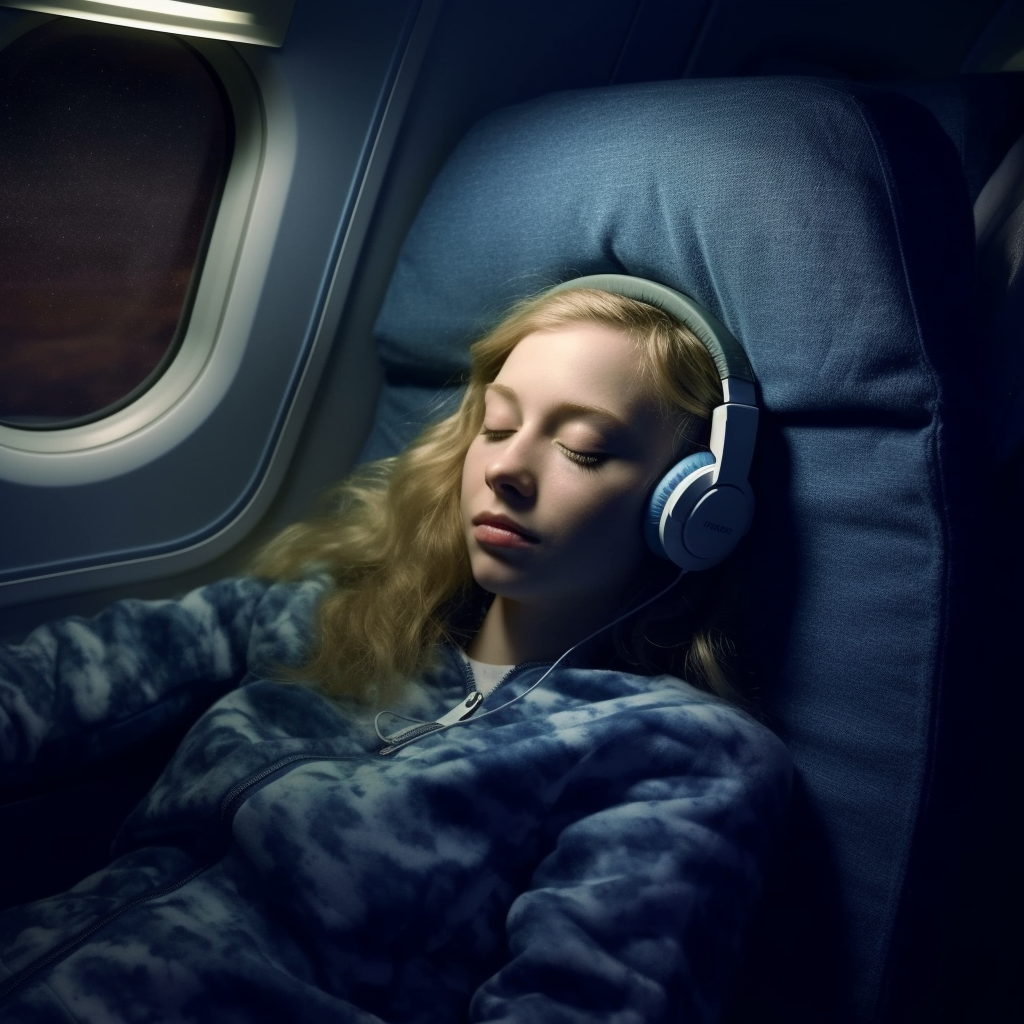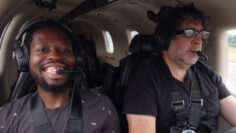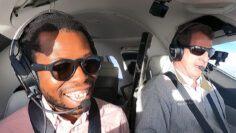How to Sleep on a Plane in Economy Class
Hey there, fellow wanderer! Travelling by air, specifically in the ever-so-tight confines of economy class, can sometimes feel like a test of endurance. More often than not, we find ourselves struggling with one simple thing – getting some solid shut-eye. You may find the limited elbow room and the surrounding cacophony to be your sleep’s arch-nemesis. But, let’s face it, when you disembark after a long-haul flight, you’d rather step into your destination feeling ready to conquer the world than be all groggy, right? So, let’s get down to the nitty-gritty of tackling this common issue. In this guide, we will dive deep into various strategies to catch more Zs on your next flight in economy class.
Prepping Up for Flight
Picking the Perfect Perch
Where you sit can make a world of difference. Window seats or those at the bulkhead row can be your allies, offering you a little more wiggle room and a solid surface to lean on. Mind you, these seats aren’t without their quirks – you might have to compromise on legroom or stowage space beneath the seat.
Donning the Right Threads
Nothing screams comfort like well-fitted, breathable clothes. Dodge the urge to flaunt that chic, but constrictive ensemble. Instead, stick to loose, comfy attire that won’t strangle your circulation. An extra layer of clothing, maybe a lightweight cardigan or a scarf, can keep you snug if it gets a bit chilly.

Packing Your Snooze Kit
Don’t forget to pack some sleep-inducing aids. A travel or neck pillow could be your best pal, providing the support your neck and head need. Inflatable pillows are worth considering as they won’t hog much space in your bag. Noise-cancelling headphones or simple earplugs can shut out the audio chaos. If you’re light-sensitive, an eye mask will be a boon, shrouding you in darkness for a deep slumber. For those who find solace in sleep aids like melatonin, remember to have a chat with your doc before popping any.
Syncing Your Sleep Cycle
In the days leading to your flight, adhere to a regular sleep schedule. This way, your body clock can get acclimatized. Stick to your pre-bedtime routine – dive into a good book or indulge in a calming bath. Be sure to stay clear of caffeine or alcohol; they are notorious for meddling with your sleep.
Up in the Air: Sleeping Strategies
Making a Cozy Corner
Adjust your seat to a comfort level that screams ‘yes!’ A slight recline might just do the trick, and a cushion or blanket can support your lower back. Feel free to ask the flight attendants for extras. If the cabin lights are too bright, an improvisation with your pillow or blanket can work wonders to create a cocoon of darkness.
Mellowing Down with Relaxation Techniques
To lull your mind and body into a state of calm, try some deep-breathing exercises. Just inhale slowly through your nose and then exhale through your mouth. Meditation apps or calming tunes can also help you destress.
Finding Your Sleep Sweet Spot
Play around with various positions until you find one that suits you. Some find it comforting to lean against the window, propped up by a pillow, while others prefer a mild recline with a neck pillow.
Battling Noise and Light
Noise-cancelling headphones or earplugs can be your noise shield, protecting you from chatty neighbours or crying, babies. An eye mask can blot out the light and help you drift into a restful sleep.
Keeping Disturbances at Bay
A “do not disturb” sign or a sleep mask can indicate that you’re off-limits. Some airlines even provide stickers to let the crew know whether to wake you up for meals. Or, you could simply inform the flight attendants about your preference.
Hydrating and Snacking Smart
Keep yourself hydrated by sipping on water. Carry a refillable water bottle or buy some onboard. Dodge caffeinated drinks as they can hinder sleep. If hunger strikes, stick to light, easy-to-digest snacks, as heavy meals might mess with your sleep.
Making a Loo Visit
Make a trip to the restroom before you settle in for a snooze. This way, you won’t have to shuffle around in the middle of your sleep.
Tackling Discomfort
If the temperature or cabin pressure is irksome, it can thwart your sleep. Tweak the air vent to your liking, use blankets or layers to warm up, and consider wearing compression socks to maintain good blood flow.

Answering Your Queries
Can I take sleep medication on a plane?
Sure, sleep medication might help some people on flights, but tread carefully. These pills might leave you feeling fuzzy and affect your alertness and coordination. It’s best to consult your doctor before taking any sleep aids.
How do I deal with turbulence during sleep?
Turbulence can rattle you out of your sleep. To cope, find a sleep position that minimises movement and use noise-cancelling headphones to reduce distractions. If you can’t fall back asleep, focus on relaxation techniques.
What if I can’t sleep on the plane?
If sleep eludes you, don’t fret. Engage in soothing activities like reading or listening to music. Remember, the goal is to rest and rejuvenate, even if deep sleep doesn’t happen.
Wrapping It Up
Securing quality sleep in the economy class can feel like scaling Everest, but it’s not impossible. Following these pre-flight preparations, applying the in-flight strategies, and being flexible with your expectations can increase your chances of snagging a good nap. Find out what works for you, and don’t forget to experiment.
Get Engaged
We hope this guide equips you better for your next flight. Let’s make this a two-way street – do share your thoughts and personal experiences in the comments. If you have any tips of your own, we’d love to hear them. And, if this article proves useful, why not spread the love on your favourite social media platforms? For those with a fascination for aviation, we’ve got more reads like “How Fast Do Planes Fly?” lined up. Here’s wishing you safe and restful travels!







